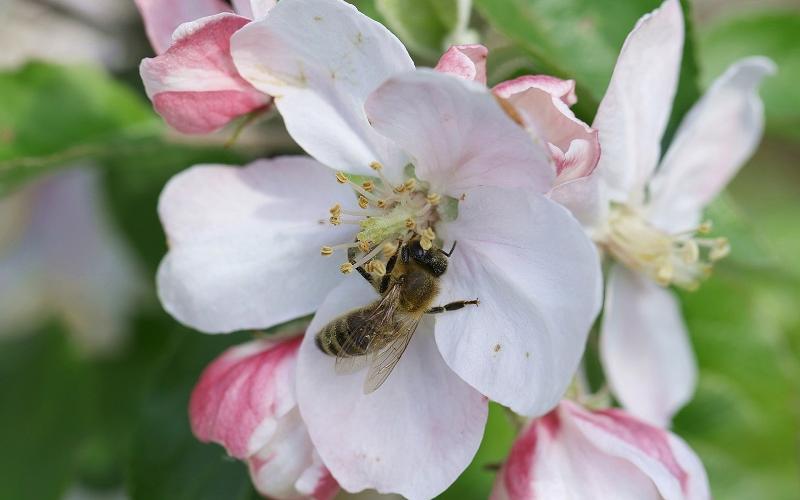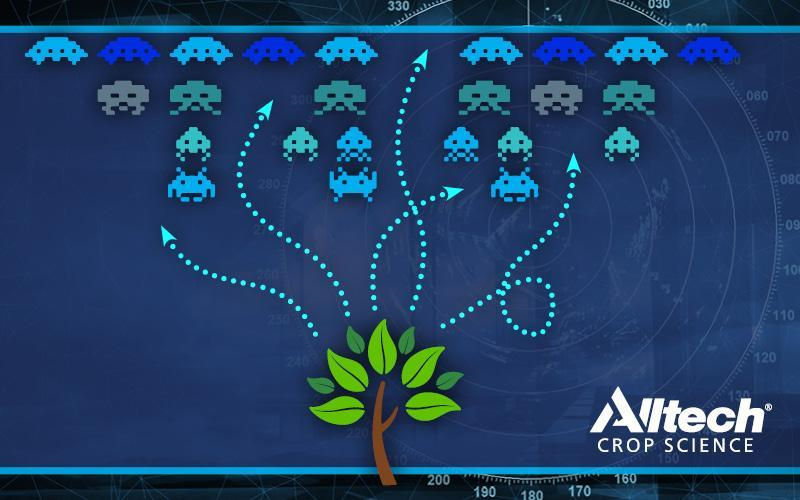Danger: Dog breath (and disease?)
How many of us floss daily?
How many of us are brushing our pet’s teeth?
We have good intentions. We buy the floss for ourselves but don’t use it regularly. We may even add the doggie dental care kit to our Amazon order, but we have a hard enough time taking care of our own teeth (ahem, unused floss). In fact, according to Packaged Facts, only 20 percent of dog owners and 11 percent of cat owners brush their pet’s teeth at all!
If you’re on the receiving end of doggie affection, you know why this is important. No one likes bad breath, even if the offender is your best fur friend.
Pet maladies: A malodorous cue?
But bad breath is more than just offensive to us; it can be an indication of a more serious health issue.
According to Banfield Pet Hospital’s State of Pet Health Report 2016, 76 percent of dogs and 68 percent of cats are affected by dental disease, which not only impacts the teeth, gums and mouth, but can potentially affect a pet’s heart, liver and kidneys.
Brushing and professional teeth cleaning are key to oral and dental health, but treats, chews and supplements can also play a significant role. Building a pet’s immune defenses with the right nutrition is critical for oral health.
Perfecting your pet’s pearly whites
The form of the pet diet is important. Hard kibble cleans teeth better than wet foods.
Composition is also critical. Nutrition influences tooth, bone and mucosal integrity, oral bacterial composition, resistance to infection and tooth longevity.
A nutritionally adequate diet will prevent any mineral or vitamin deficiencies, but we can do better. By providing our pets with ingredients that support immunity, prebiotics like Bio-Mos® and probiotic bacteria help support gut health and nutrient absorption. Bio-Mos is designed to feed the gastrointestinal tract, promoting beneficial bacteria and building natural defenses.
Feeding organic trace minerals like Bioplex® and Sel-Plex® ensure our pets absorb the minerals in a way that their bodies can fully utilize. Immunity starts in the gut, but it affects a pet’s entire body, including its oral and dental health.
Place that Amazon order for a doggie or kitty dental care kit, but don’t ignore what’s going into the food bowl. Supporting immunity from the inside out through nutrition is a crucial step in keeping breath fresh and preventing dental disease.
Your pets will appreciate it, and the resulting kisses will be a little more pleasant for you, too!
Click here to subscribe to our Pet Chat newsletter
- Read more about Danger: Dog breath (and disease?)
- Log in to post comments

<p></p>
























